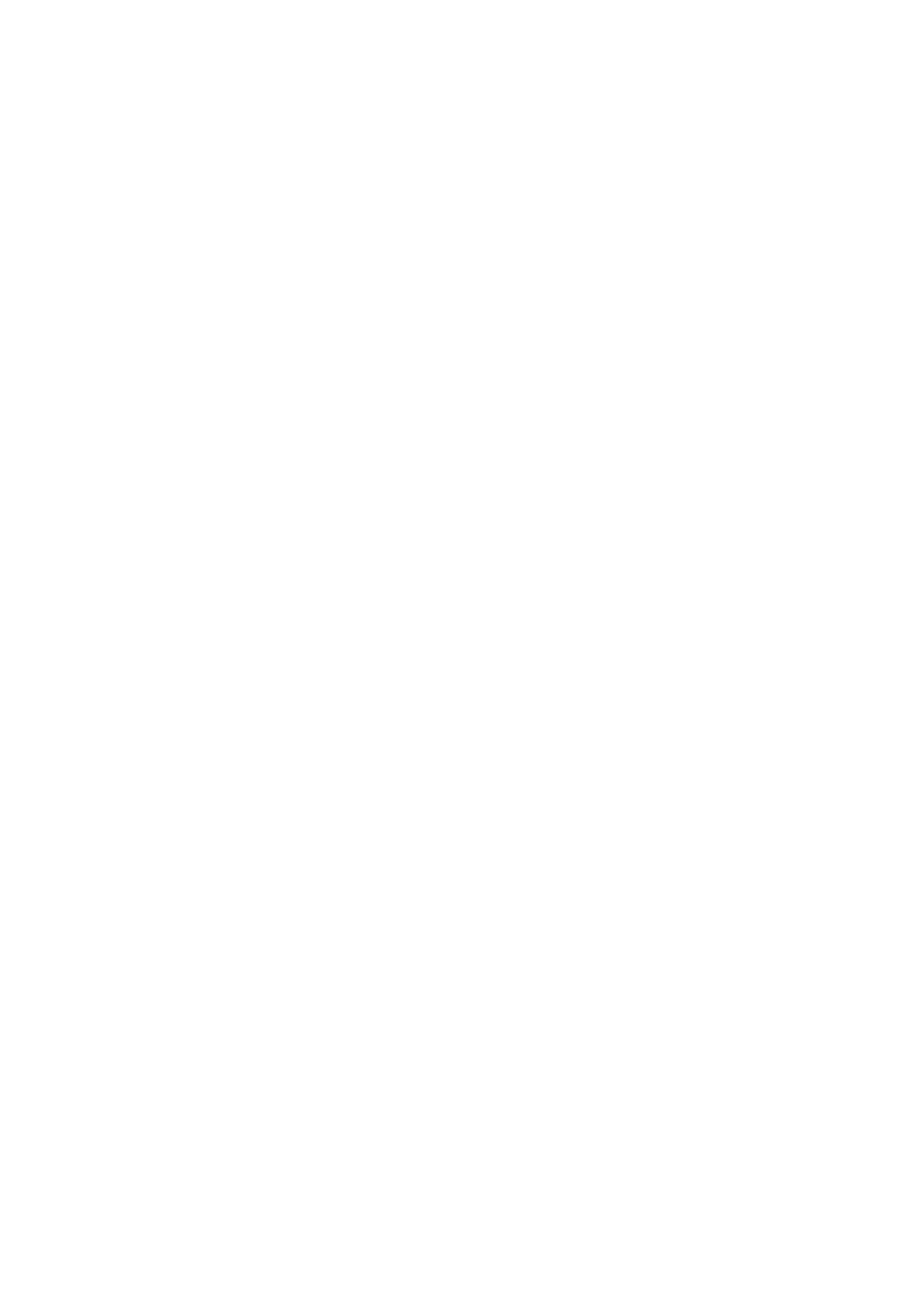

BEAM P
LUS FOR
N
EW
B
UILDINGS
I
NDOOR
E
NVIRONMENTAL
Q
UALITY
(I
EQ
)
V
ERSION
1.2
I
EQ
17
I
NTERIOR
L
IGHTING IN
A
REAS
N
OT
N
ORMALLY
O
CCUPIED
Copyright © 2012 BEAM Society Limited. All rights reserved.
Page 178
6
IEQ
6.6
L
IGHTING
Q
UALITY
I
EQ
17 I
NTERIOR
L
IGHTING IN
A
REAS
N
OT
N
ORMALLY
O
CCUPIED
E
XCLUSIONS
None.
O
BJECTIVE
Ensure the adequacy of artificial lighting provisions in common areas and
service areas such as plant rooms.
C
REDITS ATTAINABLE
1
P
REREQUISITES
Compliance with the Building Regulations for those common areas
covered by regulations, e.g. Building (Planning) Regulation (B(P)R) 40 in
respect of lighting of staircases.
C
REDIT REQUIREMENT
1 credit where the prescribed lighting performance in each type of
common or service space in respect of light output and lighting quality is
achieved.
A
SSESSMENT
The Assessment focus is on lighting for safety, security and work
activities required for operation and maintenance. The design criteria is
at the discretion of the Client but shall embrace both ‘quantity’ and
‘quality’ of the lighting system performance including: maintained
horizontal, and where appropriate vertical, illuminance, illuminance
variation, limiting glare index, colour rendering, and modulation of light
output appropriate to the type and use of the premises/indoor spaces.
The criteria adopted shall be based on authoritative guidance, such as
that provided in CIE [1,2], CIBSE [3] and/or IESNA [4] publications, or
equivalent.
The Client shall submit a report prepared by a suitably qualified person
detailing the ‘as installed’ lighting systems or, for spaces yet to be fitted-
out, the technical details of the proposed lighting systems for each type
of common or service space within the development. The report shall
detail the design criteria and the results of measurements or other
means demonstrating compliance.
Compliance with the assessment criteria shall be demonstrated either by
measurements using a standardised measurement protocol appropriate
to the parameter being assessed, and/or by modelling (calculation),
providing the calculation method or software used is based on a
standardised method, and uses data/assumptions appropriate to the
circumstances. Notwithstanding, demonstration of compliance with a)
requires that the maintained illuminance take into account the influence
on light output appropriate to the circumstances, such as the
recommendations given by CIE [5].
B
ACKGROUND
Energy efficiency aspects of electric lighting are dealt with in the
assessment of energy use. This section deals with the lighting quality
and maintenance aspects of lighting systems provided in both common
areas and service areas of a building.
Reference should be made to Section IEQ 16 for further information on
measurements and modelling on interior lighting systems.
1
Commission Internationale de l'Eclairage (CIE). Lighting of Indoor Work Places. CIE Standard S 008/E.
2
Commission Internationale de l'Eclairage (CIE). Discomfort Glare in Interior Lighting. CIE 117-1995.
3
The Chartered Institution of Building Services Engineers. Code for interior lighting. London. CIBSE.
4
Illuminating Engineering Society of North America. Lighting Handbook, Reference & Applications. New York.
5
Commission Internationale de l'Eclairage (CIE). Maintenance of indoor electric lighting systems. CIE Technical Report -
Publication No. 97. Vienna.


















